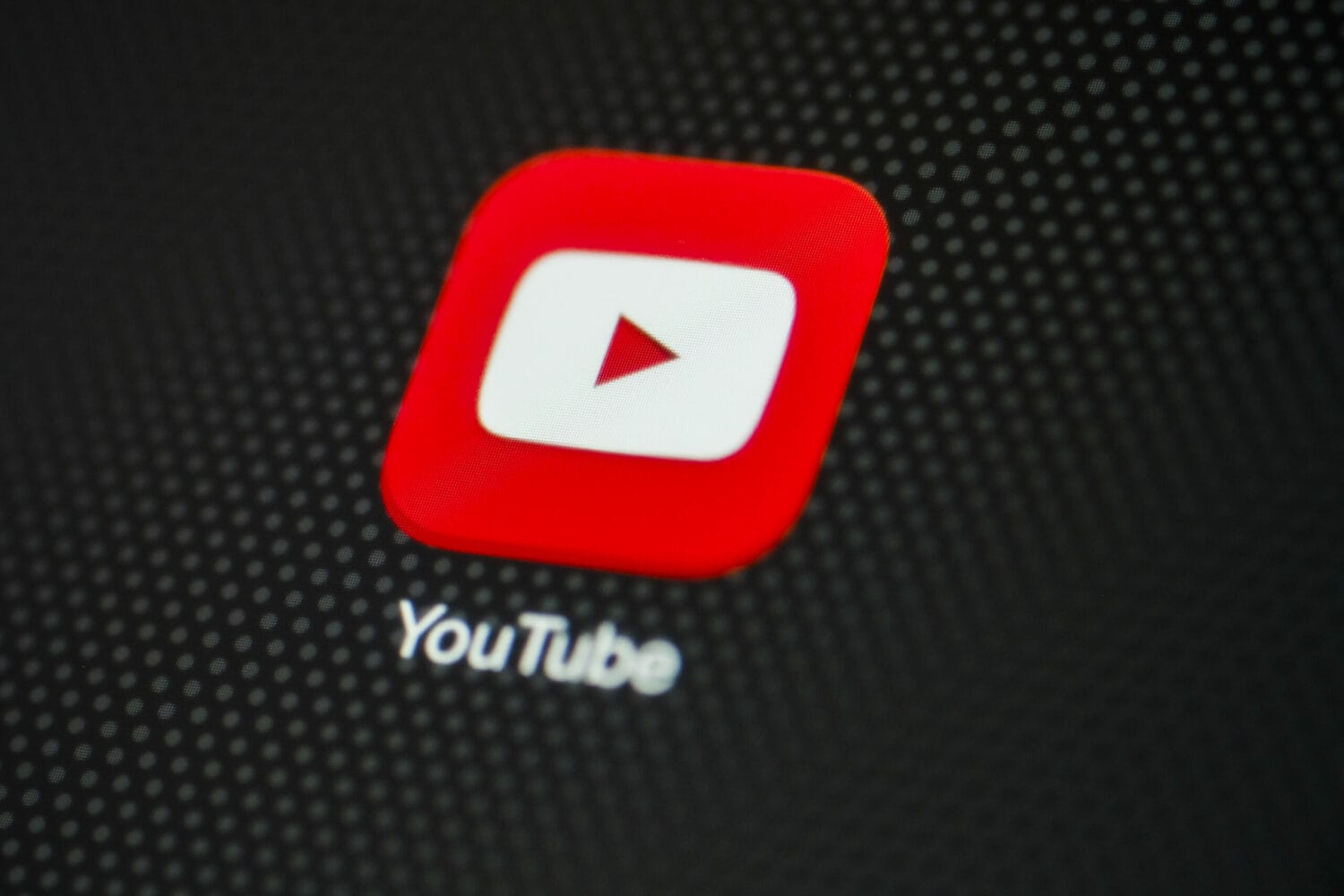Organizations that are excited to dive into video marketing may have great ideas for content to film and publish. Whenever you’re thinking about video marketing, however, it’s critical to think about where each video is going to land within a larger marketing funnel.
If you’re struggling with this concept, you may decide to focus your attention on a particular part of the funnel first. To get started, you’ll want to learn about the three phases of the funnel: awareness, consideration, and decision.
Funnel Phase 1: Awareness
In the first phase of the marketing funnel called “awareness,” your audience will be interacting with you for the first time. This phase will be your time to give an outstanding first impression, capture your audience, and motivate them to want to learn more about you.
The key to success in this phase is to focus on differentiators of your brand, products, or services. Point out the unique value you bring to your customers. For most organizations, this phase will include a branding video, program videos, service based videos, and demonstration videos. For schools, this would include a general admissions video.
Funnel Phase 2: Consideration
If you are convincing enough in your first phase of the funnel, you’ll be able to move your target audience to the second phase, called “consideration.” When someone moves into the consideration phase, it means that they know who you are and now are considering whether you’re the right fit for them.
While the first phase is more general and focuses on making your brand stand out from the crowd, the second phase begins to dive into more detail and address specific concerns. In your consideration phase videos, you’ll want to highlight certain features of your products or services that would address the target audience’s needs and desires. You’ll want to ensure that you continue to differentiate your organization from competitors as you dive deeper into the details of what you offer.
Additionally, this phase is the perfect time to handle some objections your audience may have as they learn more with barrier videos. If you’re a school, you might experience objections that your tuition is too expensive. To address this, a consideration phase video could showcase how your organization offers tuition assistance, or it could point the audience towards resources that may help with that expense.
Funnel Phase 3: Decision
In the final phase, called “decision,” we’ve found it best to focus on creating excitement. In this phase, your audience has learned about your organization enough to be at the pivotal moment of deciding whether to convert. Urgency and emotion are key in driving the audience to become your customers.
Here, your testimonials and case studies kick into high gear. While you should be expressing the value and differentiators of your organization throughout the funnel, this is the time to hone in on them. Convince your audience with first-hand experiences and proven successes that choosing you over everyone else will make all the difference.
Build An Effective Video Marketing Funnel
This blog was a quick overview of the marketing funnel and what types of videos can fit into each phase. However, the order in which you arrange videos to create your funnel is not cut and dry. You can tweak the different types of videos I’ve mentioned to fit into the different areas of the funnel.
For example, a testimonial video could fit in any phase depending on what point the testimonial is making. Ultimately, make sure you understand your brand, marketing goals, and overall plan before you begin producing videos and crafting your funnel. It’s best to look at the entire marketing funnel holistically to ensure it effectively drives each person in your audience towards conversion.
If you need help in understanding the phases of the video marketing funnel better, or you are looking for more advice on producing videos, reach out to Monzo Media Productions.





